Are you a hunter looking for the best bow to use on your next hunting trip? Look no further than this guide comparing takedown vs recurve bow.
We’ll break down the differences between these two types of bows, evaluate their pros and cons for hunting purposes, and help you choose which one is right for you.
Get ready to up your hunting game with the perfect bow in hand!
Understanding Takedown VS Recurve Bow

Takedown vs recurve bows, one of the main differences is in their design.
Recurve bows have a distinct curve at the tips of their limbs, while takedown bows have removable limbs that can be easily replaced or swapped out for different lengths or draw weights.
Takedown bows are often preferred by archers who want more versatility and customization options, while recurve bows may offer a more traditional feel.
Another factor to consider when choosing between a takedown vs recurve bow is accuracy.
Both types of bows can be accurate with proper technique and practice, but some archers prefer the arrow rest options available on takedown models for improved precision.
Draw weight and length are also important considerations based on an individual’s strength and shooting style.
Takedown Bow
When it comes to hunting, a takedown bow offers several advantages over other types of bows. One of the main benefits is its versatility in different terrains, making it a great choice for hunters who like to explore new locations.
Takedown bows are easy to transport and store due to their ability to be disassembled into smaller pieces.
If you’re considering getting a takedown bow for your next hunting trip, you’ll be glad to know that there are plenty of options for customization available as well.
From adjusting the draw weight and length of the bowstring to selecting an accurate arrow rest or upgrading the overall design of the bow itself, these customizable features can make all the difference in ensuring that you have a successful hunt.
- Offers versatility in different hunting terrains
- Easy transportation and storage due to its disassembling feature
- Options for customization such as draw weight adjustments and adding an arrow rest
Recurve Bow
When it comes to traditional archery, the recurve bow provides a unique feel and smooth shooting experience. Compared to takedown bows, the difference in length and draw weight can make all the difference for accuracy. Here are some potential benefits of using a recurve bow:
- Provides a more traditional archery feel
- Smooth shooting experience
- Potential for greater accuracy with proper form and arrow rest placement
While takedown bows offer their own set of advantages such as ease of transportation, there’s something special about sticking with a classic design like that of the recurve bow.
With consistent practice and attention to detail in equipment setups such as proper bowstring tension and arrow rest alignment, you may find yourself hitting those targets with pinpoint accuracy every time.
Comparing Takedown vs Recurve Bow for Hunting
When it comes to hunting with a bow, both takedown and recurve bows have their advantages.
In terms of accuracy, the recurve bow tends to be more forgiving for beginners due to its longer draw length and wider sight window.
However, once you become experienced in archery, the takedown bow allows for greater customization and adjustability which can result in even higher levels of accuracy.
When it comes to power, there is no clear winner between these two types of bows. Recurve bows tend to have shorter limbs which allow them to store energy quickly but release it just as fast.
On the other hand, takedown bows are known for having smoother draws which ultimately results in less shock when releasing an arrow – this can lead to better overall control.
Overall convenience may come down personal preference – some hunters prefer carrying around a one-piece recurve while others do not mind assembling/disassembling their gear on location using a portable setup like that found with most modern-day takedowns.
Durability wise? Again depending on how frequently you hunt or use your equipment either type could last many years if properly cared for (cleaning/oiling).
If left exposed though weather elements could take its toll over time – so investing in protective cases/ covers is always recommended when transporting or storing away any gear!
Accuracy
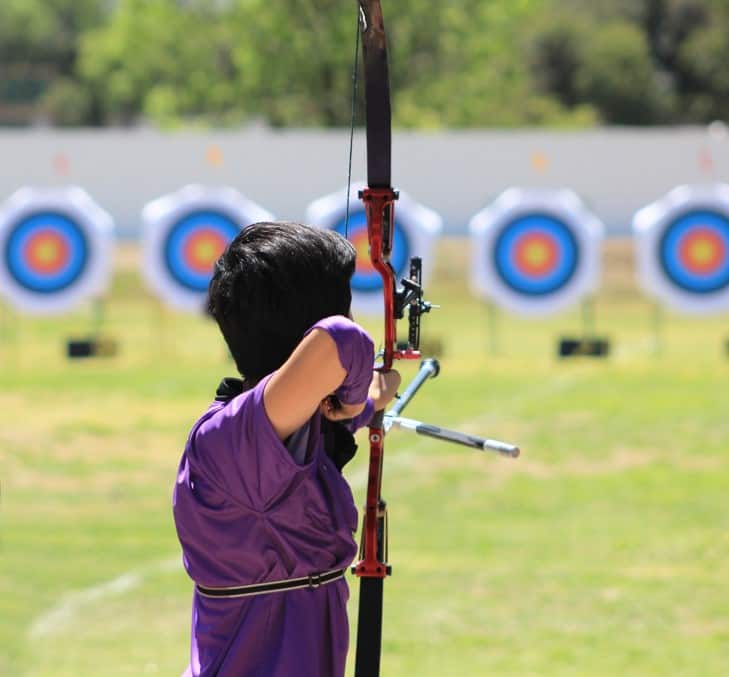

Bow length and draw weight are two key factors that impact accuracy in both takedown and recurve bows. While the shape of a recurve bow allows for a smoother shot, resulting in better accuracy, takedown bows can have added stabilizers for improved precision.
When it comes to accuracy, it’s important to consider your own skill level and preferences as well as the specific features of each type of bow before making a decision.
Power
Takedown bows and recurve bows are two popular choices for hunters, each with its own strengths. Takedown bows tend to have higher draw weights, resulting in more power behind each shot.
On the other hand, recurve bow limbs are designed to store more energy, giving them greater power output. Despite these differences, both types of bow can be used for hunting small game at close range.
When it comes down to choosing between takedown vs recurve bow for hunting purposes, it’s important to consider which features will give you the most advantage in your specific hunting situation.
Convenience
When it comes to convenience, takedown bows have a clear advantage over recurve bows. Due to their ability to break down into smaller parts, they are much easier to transport and store. However, assembling a takedown bow can take longer than stringing a recurve bow.
Recurve bows require less maintenance as they do not have any moving parts or mechanisms that need adjustment or repair.
Here are some specific points related to convenience when comparing takedown vs recurve bows:
Takedown Bows:
- Easier transportation due to being able to break down into smaller parts
- Takes a longer time for assembly compared with stringing a recurve bow
Recurve Bows:
- Requires less maintenance since there’s no mechanism that needs repairs
Durability
When it comes to durability, both a takedown and recurve bows have their strengths and weaknesses. Takedowns may suffer wear and tear from frequent assembly and disassembly over time, while recurve bows may be prone to damage if the limbs become twisted or warped.
However, some takedowns feature metal components that provide extra durability compared with all-wooden recurves.
Here are a few points to consider when it comes to the durability of takedown vs. recurve bows:
- Takedown bows are designed for easy assembly and disassembly but may experience more wear and tear than other types of bows due to this feature.
- Recurve bow limbs can become damaged if they twist or warp during use, which can affect accuracy as well as overall performance.
- Some takedowns feature metal risers that add extra strength compared with wooden models, making them better suited for hunting in rough conditions.
Choosing the Best Bow for Hunting
When it comes to choosing the best bow for hunting, it’s important to consider whether a takedown or recurve bow is right for you. Takedown bows are more versatile and can be easily transported, making them great for hunters who frequently travel.
Recurve bows, on the other hand, offer a smoother draw and tend to be quieter than takedowns. Ultimately, your decision should come down to personal preference based on your specific hunting needs and style.
Trying out different types of bows before making a purchase is crucial in finding the one that feels most comfortable in your hands. Investing in quality gear such as arrows and sights can also make all the difference when aiming for accuracy during hunts.
By being mindful of these factors while deciding between takedown, recurve, or compound bow options, you’ll be well-equipped to choose the best bow for successful hunting trips time after time.
Consider Your Needs and Preferences
When deciding on a bow for hunting, it’s important to consider your needs and preferences. Determine your hunting style – are you planning on a stalking game or waiting in a blind? This will help you choose the right length and weight of the bow.
Evaluate your physical abilities; if you have any injuries or limitations, this may also impact which type of bow is best for you. Finally, decide on a draw weight that is comfortable but still powerful enough to take down game effectively.
By taking these factors into account, you can choose the perfect bow for your individual needs and preferences.
Try Out Different Bows
Visit a pro shop or range to test bows, rent or borrow different bow types to try out in the field, and consider adjusting draw length and weight for optimal shooting.
Trying out different bows can help you determine what works best for you and your hunting style. Here are some things to consider when trying out different bows:
- Visit a local archery pro shop or range that has a variety of bows available for testing.
- Rent or borrow different types of takedown and recurve bows from friends, family members, or rental companies.
- Experiment with adjusting your bow’s draw length and weight by using tools like Allen wrenches.
By taking the time to try out various options, you’ll be able to find the perfect bow that suits your needs while also improving your shooting accuracy.
Invest in Quality Gear and Accessories
Investing in quality gear and accessories is a crucial step toward successful bow hunting. To ensure the best performance from your takedown or recurve bow, it’s necessary to choose arrows that match your bow’s specifications.
Select arrow tips appropriate for the game being hunted, whether broadheads or field points, to ensure clean and humane kills. Investing in a quality quiver can keep arrows readily accessible while ensuring their safety during transport.
A stable aim is vital when hunting with a bow; therefore, a good stabilizer can help minimize movement during aiming and release of shots.
A sight will assist you in aiming at specific targets accurately while also promoting consistency throughout your shooting sessions.
Finally, rest lays the foundation for the consistent positioning of an arrow upon firing thus accuracy should be at its optimal level.
- Choose arrows that match your bow’s specifications
- Select arrow tips appropriate for the game being hunted
- Invest in a quality quiver
- Invest in stabilizer(s)
- Invest in high-quality sights
Conclusion
When choosing between a takedown and a recurve bow for hunting, it’s essential to consider your individual needs and preferences. Trying out different bows, adjusting draw length and weight, and investing in quality gear and accessories can all impact your hunting success.
Remember to prioritize accuracy, humane kills, and safety when selecting your gear. With the right bow and equipment, you’ll be well on your way to a successful hunting season.
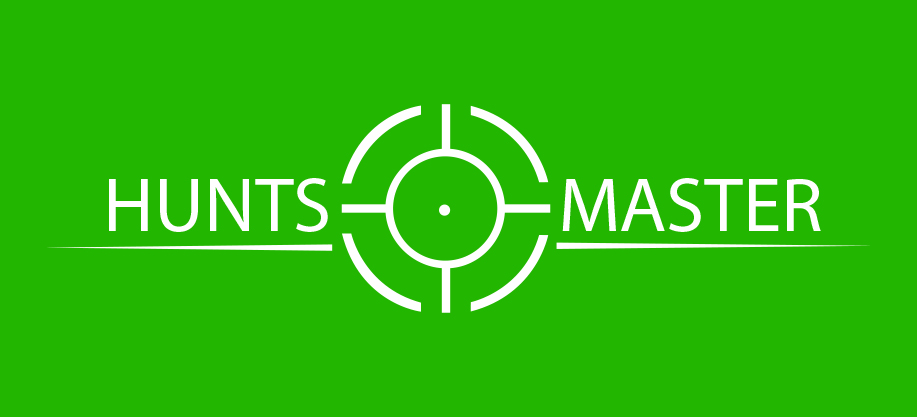

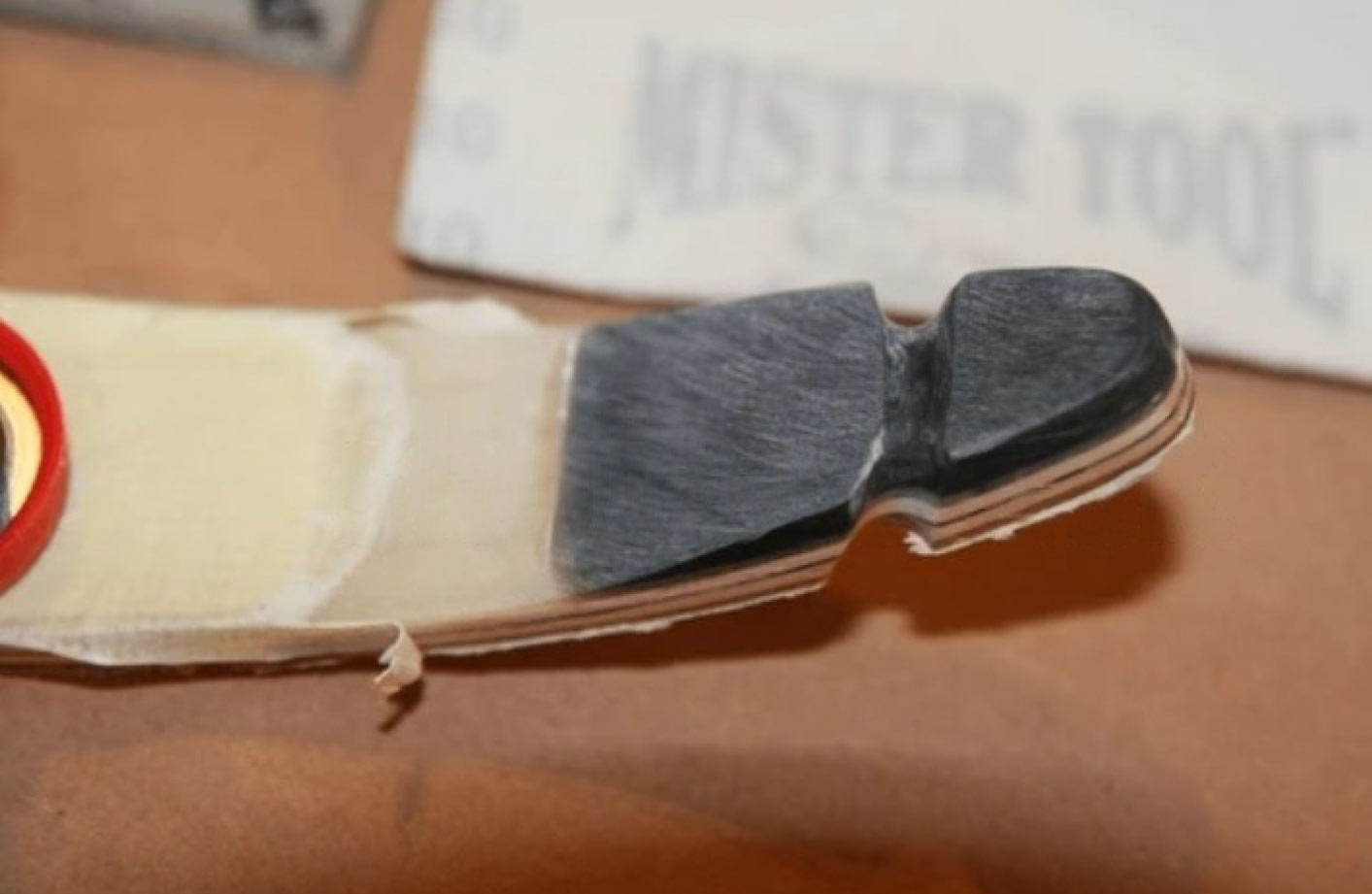
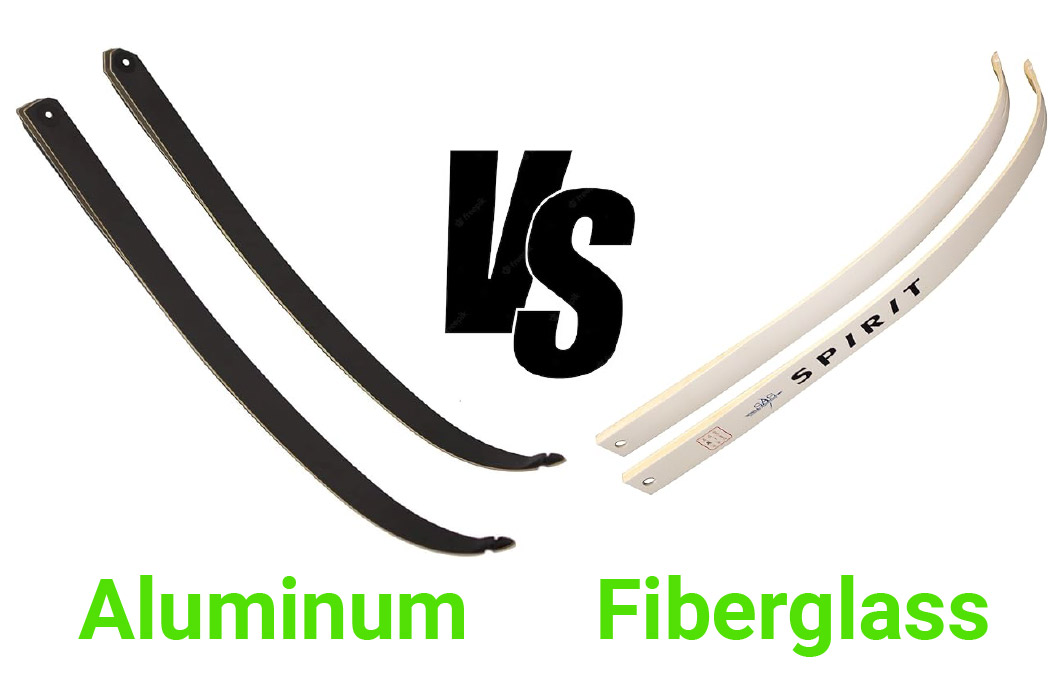
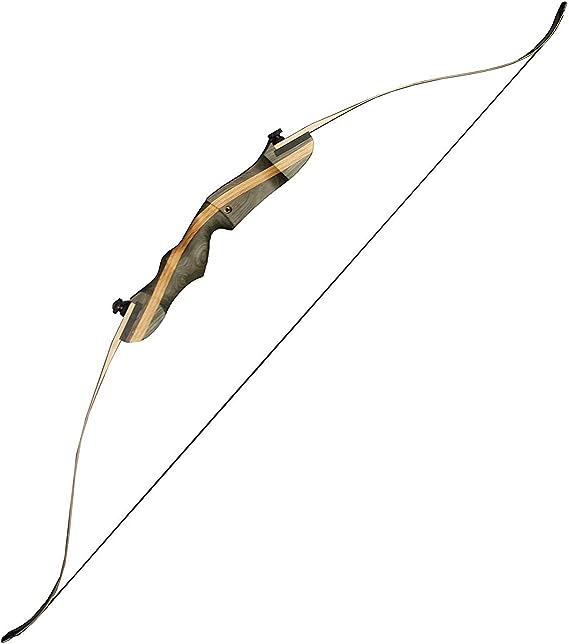
Hi there! Do you know if they make any plugins to assist with SEO?
I’m trying to get my blog to rank for some targeted keywords but I’m not seeing very good gains.
If you know of any please share. Appreciate it! I saw similar here: najlepszy sklep and also here:
ecommerce